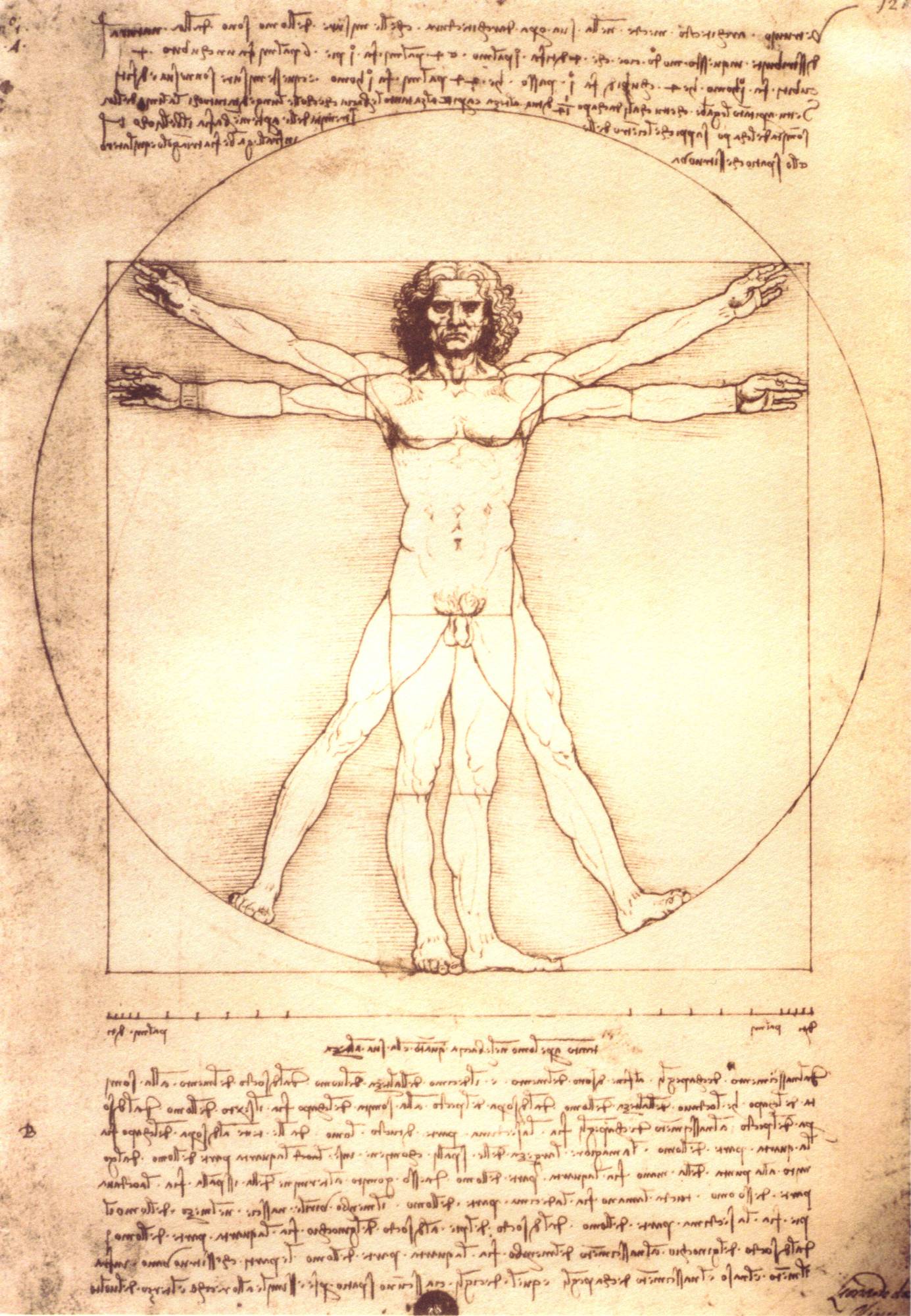house
home
domestic
family and childhood
sanctuary
memory
nostalgia
experience
lived space
The Unhomely
The haunted house
surreal
subversive
psychic
fragmented
distorted
nightmare
- Design, form and structure
- simply put architecture is 'the complex or carefully designed structure of something' OED
Modernist
architect Le Corbusier defined architecture as : “the precise and monumental interplay of
form
within light.”
Foucault:
Michel
Foucault: Relational Space/ Social Space
‘The space in which we live, which draws us
out of ourselves, in
which the erosion of our lives, our time and our history
occurs, the
space that claws and gnaws at us, is also, in itself, a heterogeneous
space. In
other words, we do not live in a kind of void, inside of
which we could place
individuals and things. We do not live inside a
void that could be coloured with
diverse shades of light, we live
inside a set of relations
that
delineates sites which are irreducible to
one another and absolutely not
superimposable on one another.’
The Visual Arts
Leonardo da Vinci 1487 Vitruvian Man
The Body and the City
Fritz Lang, Metropolis 1927
The Body and Architecture:
Corbusier, Le Modulor 1942-48
Mapping intersecions between Body and Space in Art Practice:
Minimalism- Body, object, space, 1962
Minimalism
or ‘Minimal’ Art appeared in America in the 1960s. Artists associated with it
include Carl Andre, Dan Flavin, Robert Morris, Eva Hesse, Sol Le Witt, Donald
Judd.
It
aimed to reduce art to abstract elements, geometric forms and formal solutions.
Artworks
often used industrial processes of production and materials such as bricks,
fluorescent tubes, metal etc
Carl
Andre, Equivalent
VIII,
1966
Andre’s
work is part of a series of eight sculptures that use 120 firebricks. Each
sculpture is arranged differently but they all have the same height, mass and
volume.
'It must somehow confront the beholder- they must, one might say, be placed notjust in his space but in his way.'
'The onject, not the beholder, must remain the center pr focus of the situation; but the situation itself belongs to beholder - it is his situation.'
Bruce Nauman 'green light corridor' 1970
Gender and Space- The feminist critique of gendered space, 1970s
Postmodernism- changing status of space and experience: 'non place', global and collectie space, 1980s
onwards
Phenomenology
Oxford
English Dictionary: 1. The science of phenomena as distinct from that of the
nature of being.
2. an
approach that concentrates on the study of consciousness and the objects of
direct experience.
Phenomenology
tells us that we experience the world through our body —we are an extension of
it.
It is
only by having a body that we experience the world.
It is
about perception – we
perceive the world with our body through vision and movement.
Philosopher
Edward Casey proposes: ‘The places we inhabit are known by the bodies we
live.’
Maurice Merleau-Ponty, Phenomenology of perception 1945
‘As
far as bodily space is concerned, it is clear that there is a knowledge
of place which
is reducible to a
sort of co-existence with that place, and
which is not simply nothing, even though it cannot be conveyed
by a description
or even by the mute reference of a gesture.’
Merleau-Ponty, Phenomenology of perception, p.121
'there would be no space at all for me if i had no body.'
Merlaue-Ponty, phenomenology of perception, p.117.
Shepard Fairey, Phenomenology of the City, Manifesto, 1990
‘The OBEY sticker campaign can be explained as an experiment in Phenomenology.
The FIRST AIM OF PHENOMENOLOGY is to reawaken a sense of wonder about one’s environment.
The OBEY sticker attempts to stimulate curiosity and bring people to question both the sticker and their
relationship with their surroundings.’
Gender and Space: Critical Approaches
It is possible to identify the ‘intricacy and profundity of the connection of space and place with gender and
the construction of gender relations.’
Dorreen Massey, Space, Place and Gender, 1994, p.2
Postmodernism:
‘If a place can be defined as relational, historical and concerned with identity, then a space which cannot be defined as relational, or historical, or concerned with identity will be a non-place.’
‘…the real non-places of supermodernity – the ones we inhabit when we are driving down the motorway, wandering through the supermarket or sitting in an airport lounge waiting for the next flight to London or Marseille….’
Creating space and place?
Lucy Orta, Nexua Architecture x 50, Intervention Koln 2001
Interiority: Phychic Space/ Surreal Space
We can also map an exploration of the relationship between space, place and the body in the visual arts and cultural theory that is concerned with the spaces of the mind.
Here an occupation with the individual’s psychic space and an experience of space which may be subversive, surreal, disconcerting or ‘unhomely’, can be registered in Modernist and Postmodernist art practice and architectural design.
These phenomena and ideas have recently been explored in two key exhibitions:
Hayward Gallery, Walking in My Mind, 2009
Barbican Art Gallery, The Surreal House, 2010
Walking in My Mind: Adventure into the
Artist’s Imagination, Hayward
Gallery, Southbank, 23
June- 6 September, 2009
Mental and psychic space
Interiority
Experience
Creativity
Alternate places
Escape
Intersections between art and architecture





No comments:
Post a Comment